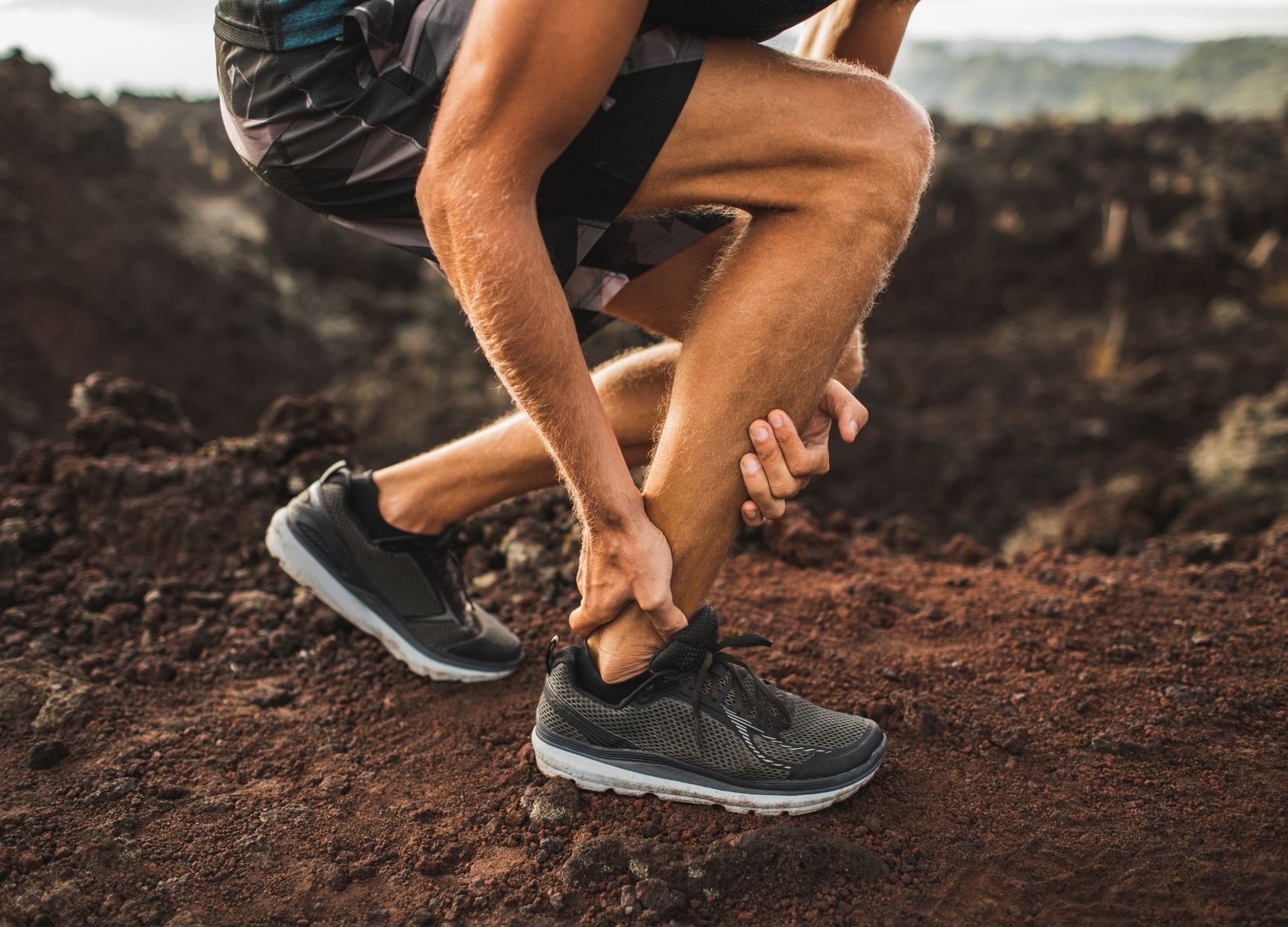
Mr Pal Ramesh
Specialist expertise: Bunions, Neuroma, Achilles Tendinitis, Ligament Repair, Flat foot, Sports Injuries of Foot and Ankle, Arthritis, Shockwave Therapy.
During summertime, lots of us want to be active and get into shape by increasing our activity level, and while this is always encouraged, extra activity inevitably brings on the increasing number of injuries involving calf muscles and the Achilles tendon. The three muscles in the calf (medial and lateral Gastrocnemius, and soleus) form the Achilles’ tendon, which is attached to the heel bone. This is the strongest tendon in the body and yet is very prone to injury.

Normal Achilles tendons can support a significant amount of force, but when this is put under sudden loading, especially after a gap from activities, injury to the tendons can happen. Some people have pre-existing tendonitis from repetitive spraining and healing of the tendon due to overuse, which makes them susceptible to further tearing. Occasionally, steroid injections around the tendon could lead to rupture.
For example, if an individual suddenly returns to football or racquet sports after a long period of absence, the frequent pivots and changes of direction, and sudden acceleration and deceleration, will put the Achilles tendon under a huge amount of strain which can result in a tear.
Patients feel a snap or sudden giving way. A common description from patients has been feeling the injury happen and looking back to see if there was a physical impact, as if someone threw a racquet or kicked you in the leg. We have heard stories of doubles partners in tennis being blamed unfairly! Surprisingly, many patients can walk or limp straight after the injury but could not play. The lack of connection between the knee and ankle can be disconcerting but some ruptures could be missed as the individual is still able to walk. Noticeable swelling and bruising tend to occur a little later.
The two main types of Achilles tendon injuries can be categorised as muscle tears, or partial or complete tendon tears. Clinical assessment can confirm a gap in the tendon. A calf squeeze test shows lack of foot movement compared to the opposite side – the difference is often quite striking but needs a dynamic ultrasound test to confirm the tear, level, extent and gap.
Initial treatment is with partial plaster or a boot with a number of heel wedges. At this stage, the patient should have an informed discussion on the options of non-operative vs surgical treatment. Recent evidence suggests both options are good; however, every patient should be individually considered according to the level of function, sports, and choice. Recovery time varies between 6-10 weeks for complete ruptures.
The best preventative measure you can take is to really focus on your warm-up. It is so important to ease back into a routine, particularly if you have taken a break from previous sports activity. Making the time to stretch and do some mobility work before a training session or match will pay dividends in the long run.
Here at OneWelbeck, we have a team of orthopaedic specialists, state of the art facilities and diagnostics, and highly competitive financial packages for self-funding patients as well as those with private health care.
OrthopaedicsMr Pal Ramesh is a Consultant Orthopaedic Surgeon at OneWelbeck Orthopaedics with a specialist interest in foot and ankle conditions. He is highly experienced in treating a wide range of issues, including bunions, hammer toes, Morton’s neuroma, midfoot pathologies, sports injuries, and complex tendon and ligament repairs. His expertise also extends to minimally invasive surgical techniques, joint replacement, and fusions, as well as Extracorporeal Shockwave Therapy (ESWT).